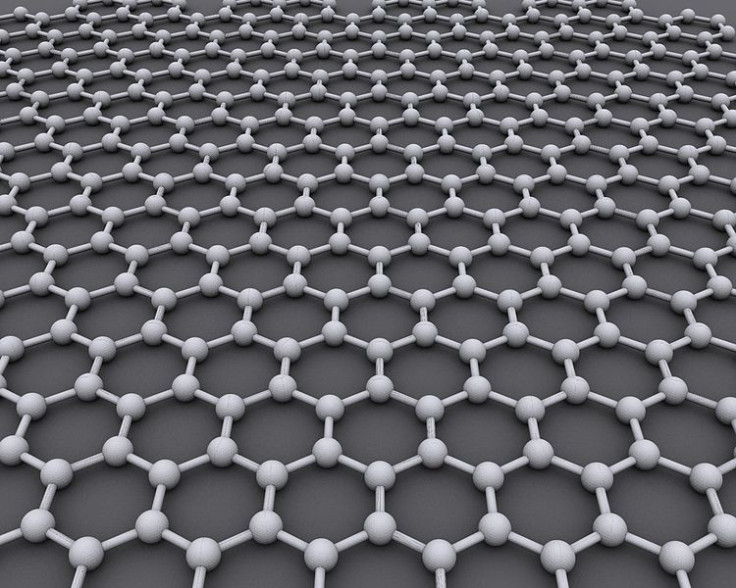Scientists discover hundreds of amazing two-dimensional, one-atom thick materials
If some function like graphene they will prove to be extremely useful in electronics and other fields.

Researchers have identified hundreds of new one-atom thick materials, a finding which could have huge implications for the electronics industry and other fields.
Using computer software, a team from the École Polytechnique Fédérale de Lausanne in Switzerland examined a set of more than 100,000 crystal structures looking for materials with structural similarities to graphene – a 2D material consisting of carbon atoms arranged in a honeycomb pattern.
They found 1,825 compounds – some of which have never been seen before - that potentially have the right structure to form one-atom thick sheets – i.e. strong chemical bonds across one atomic plane but weak bonds along the perpendicular plane.
This combination allows thin layers to be peeled off - or exfoliated - from larger compounds. Graphene, for example, is simply a single layer of graphite.
Of the 1,825 compounds, the researchers carried out further investigations into 258 of them, finding that many had useful properties. 166 were semiconductors - a solid substance that has a conductivity between that of an insulator and that of most metals – 92 were metallic, while 56 had unusual magnetic properties.
The findings have been published in the journal Nature Nanotechnology.
While further research is needed to determine the exact qualities of these new materials, if even a small fraction of them function like graphene then they will prove to be extremely useful in a number of areas.
Graphene has a vast number of potential applications including lightweight, thin and flexible, yet durable display screens; electronic circuits; and a whole host of medical, chemical and industrial processes.
"Two-dimensional materials provide opportunities to venture into largely unexplored regions of the materials space," the researchers wrote in their study.
"On the one hand, their ultimate thinness makes them extremely promising for applications in electronics. On the other, the physical properties of monolayers often change dramatically from those of their parent 3D materials, providing a new degree of freedom for applications while also unveiling novel physics."





















